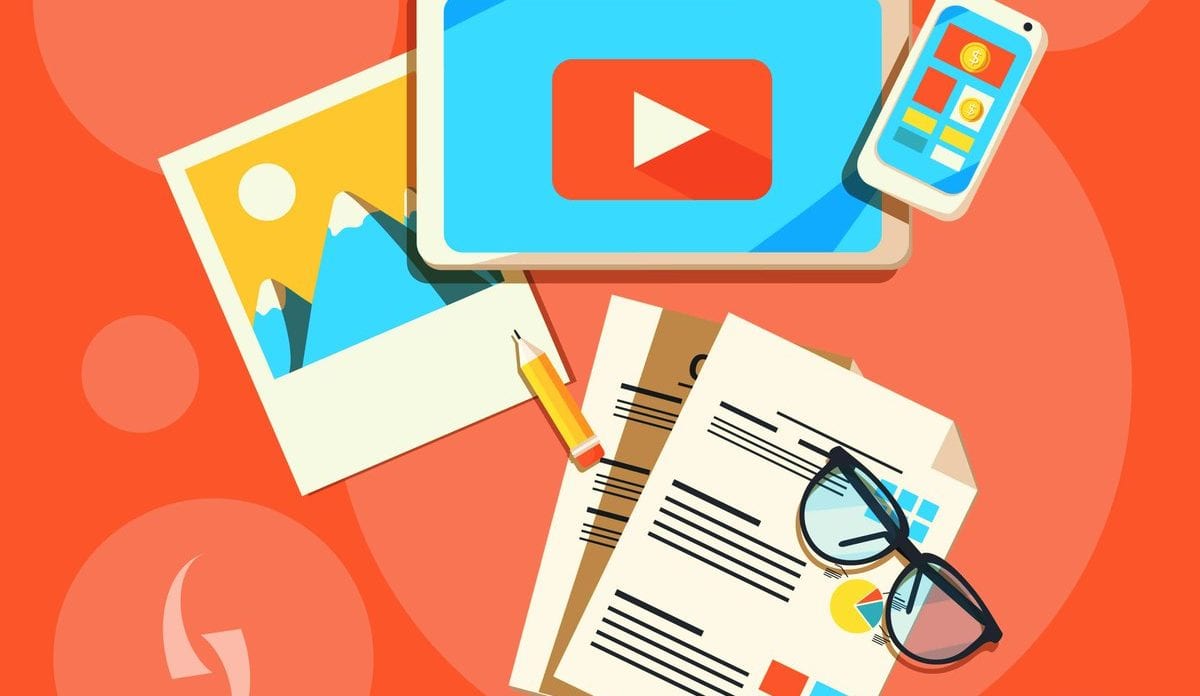What is Content Planning?
One way to do this is to create a content plan. In same way that a project manager creates a project plan with deliverables, milestones and due dates, the content plan takes the same approach but focuses on content as the deliverable.
‘A content plan describes who, what, how, where and when content is developed.’
The benefit of creating a content plan is that it:
- Clarifies who owns each piece of content
- Defines the format for providing the content
- Identifies who receives, reviews and approves each content
- Identifies the sign off processes behind the supply of content
- Determines the frequency in which content is updated and
- Highlights project deadlines
Getting Started
The simplest way to get started is to identify ALL your content deliverables so they sync with other business and marketing activities.
For example, if you have a product launch in December, then identify, develop, and prepare content before launch date. As your product hits the shelves for XMAS, your content begins to kick in at the same time, supporting other initiatives that run in parallel.
Content Planning For Blogs
Here’s a suggested approach for developing a content plan for a medium size blog:
- Customer Persona – Define your top three customer personas. These are short pen portraits of key target customers. Keep it brief; highlight their pain points and most urgent needs. 200 words max.
- Content Schedule – Outline the key content deliverables you need to produce for the next three months. For example, blog posts, white papers, case studies, and videos.
- Content Mix – Define the types of content your customers want to consume. For example, besides text, they may also want video (YouTube), audio (iTunes) and presentations (SlideShare).
- Keyword Strategy – Identify the top twenty keywords you want to target. These should be a blend of keywords you can potentially ‘own’ and long tail keywords for your business sector.
- Call To Actions – Identify the most important call to actions for each content deliverable, for example, email capture, sign up for webinars, download software, Like a Facebook page or add a comment.
- Category – Where applicable, define a fixed set of categories so you can tailor content for each section. This keeps content focused and protects you from diluting the impact of your message.
Creating an Editorial Calendar
The next step is to plan how content will be created.
We’re all familiar with the Editorial Calendar that newspapers use; well, it’s the same idea just modified for publishing to the web.
Create an Excel spreadsheet and then add the following columns:
- Category – Content must fit into one of the categories as defined for the content architecture. For example, on Bloggertone, we have categories for Sales, Marketing and Finance. This lets us optimize our content for these channels and build up expertise in these domains.
- Number – Assign each piece of content a unique number. Create a simple but practical naming convention, such as ContPlan-Oct5-BT-F, which means Content Plan, publish date Oct 5 on Bloggertone, Final version.
- Title – Create a working title for each article. These can be changed later during development.
- Priority – Assign a High, Medium or Low status to each deliverable. This helps prioritize content and assign writers and designers where needed.
- Content Developers – Assign team members to each type of content. Some content assets may require more than one person, for instance, when developing video tutorials or infographics.
- Format – Identify the format, for example, video and other specifics. Highlight if the video is to be developed for the iPhone, Android, YouTube or TV.
- Due Date – Assign a due date by which the content must be delivered.
- R/I/D – Highlight any risks, issues, or dependencies for this deliverable. For example, is this content part of a product launch, special promotion or branding activity?
Publishing Workflow
At this stage, we’ve identified the content, assigned resources and developed it. What’s next?
Publish!
This should be the easy part but… if you’ve tried to do this without a plan, you know what happens next.
- Blog posts get written but not reviewed.
- Podcasts get recorded but not tested for quality.
- Videos are shot but not formatted correctly; don’t get uploaded to YouTube and stay on the hard drive…
There must be a better way.
A more effective way to do this is to define the following:
- Submission process – when you’ve finished the content, identify who checks it for quality.
- Editorial review process – when you’ve finished the quality review, identify who does the editorial review.
- Publishing process – when you’ve approved the content, identify who publishes it.
Conclusion
Does a content plan really work? For me, the benefit of using a content plan is that it gives my content focus.
Without it, readers get confused by the constant shifting in the subject matter, the message loses focus, and efforts become diminished.
Instead, see your content as something that needs to be cultivated. Create the environment, plant the seeds, and help your content travel far.
How do you plan your content? Do you use an Editorial Calendar? How do you keep your content on track?
content marketing concept -DepositPhotos


